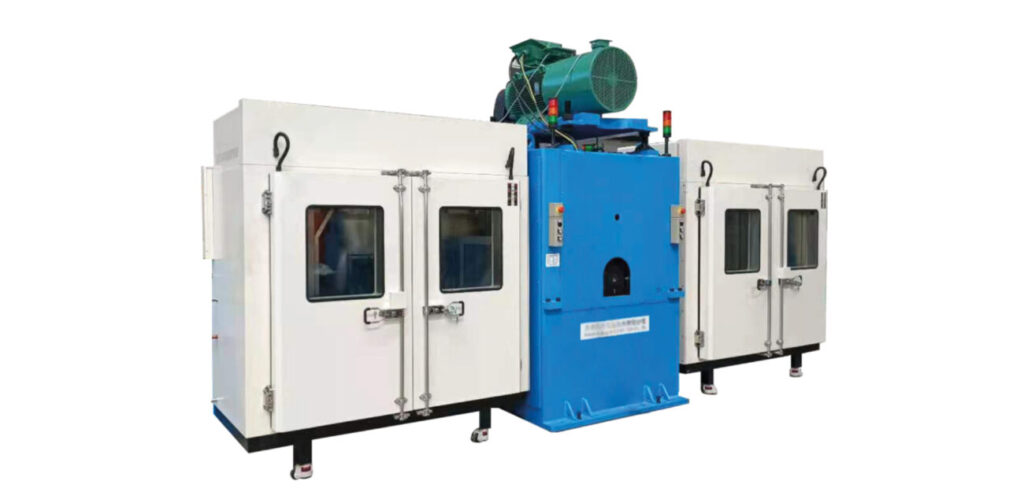To better serve its customers, Smithers has installed new tire durability testing machines at its Tire and Wheel Testing Laboratory in Suzhou, China.
Smithers’ engineers will now be able to conduct ozone resistance and low-temperature durability testing of tires including the simulation of environmental stresses such as UV rays and temperature changes.
The newly installed testing equipment can conduct ozone aging durability testing to an ozone concentration of up to 250pphm, alongside being able to maintain temperatures of -40°C for extended periods of time to evaluate a tire’s performance in the extreme cold. These features will enable the well-rounded testing of new tires at a range of speeds, pressures and loads in an indoor setting – such testing usually occurs in an outdoor environment due to limited indoor testing equipment or facilities.
“We invested in ozone resistance and low-temperature durability testing [for] our tire laboratory in Suzhou to help our clients evaluate the durability performance of whole tires in a controlled, indoor environment,” commented Henry He, general manager, Tire and Wheel Testing Center, Asia-Pacific, Smithers Materials Science and Engineering Division. “This will shorten the development cycle for our clients and lower their R&D costs.”
Tires are composed primarily of rubber, an unsaturated compound, and their viscoelasticity can be drastically affected by light, heat, temperature changes and oxides, which can cause chemical reactions and property changes, resulting in a drop in product performance.
Additionally, ozone also has a profound effect on a tire’s properties because of its strong oxidizing abilities. Traditionally, laboratories have been utilized by tire manufacturers to test just the rubber compounds, and not the whole tire. However, with sidewall cracking widely acknowledged to be a sign that a tire may have inadequate resistance to ozone, the industry now needs a way to test the whole tire. Systems such as the one recently installed by Smithers provide these capabilities.
“Smithers is committed to fulfilling our promise of providing our clients with key testing capabilities to meet their changing R&D needs,” added Derek Read, vice president, Asia region, global development, Smithers Materials Science and Engineering Division. “We chose to add this specific capability to support industry development in Asia and help our clients continue to improve their products for the global marketplace.”
At present, Smithers’ latest equipment is undergoing calibration and is expected to be fully operational during September.



